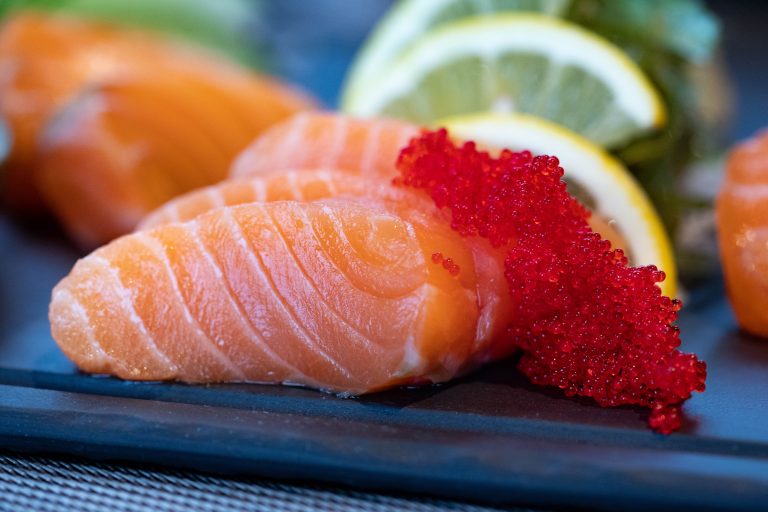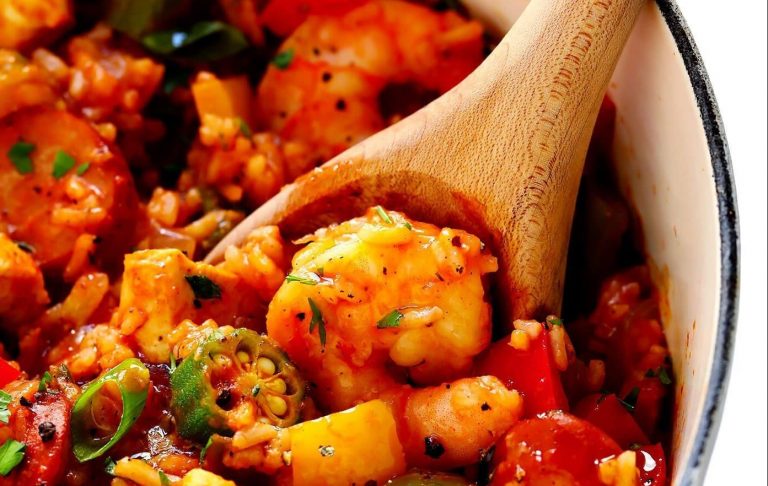Rioja wine
Crianza 2018
La Rioja wine. Love of the winegrowers who makes red wine Titiritero. Same love of those who enjoy it. Diverse efforts and apprenticeships. Facts, determinations, motives. Roots of our past. Songs here. Looks inside. Unquenchable dreams. Wandering thorns. Sparkles of Blas. Branches of our future. Life of vaudevillians.
how titiritero is | 2018 vintage red rioja wine
Wine of balance. elegant and precise. Aging and mineral personality. Structured and yet cheerful and jovial. Silky mouth, then ideal companion. Long finish, fresh and aromatic. Evokes undergrowth, aromas of aging, cedar and spices. Fruits of the forest harmonize.
La Rioja Alavesa wines
La Rioja Alavesa* between high and oriental. Different personalities in its villages and vineyards. Moods reflecting the juices of its lands. Southern banks and waters of the Ebro River to soak clay-limestone soils of terraces and small plots.
El ciego, Laguardia y Labastida. Pero también Baños de Ebro, Barriobusto, Cripán, El ciego, Elvillar de Álava, Labraza, Lanciego, La puebla de labarca, Leza, Moreda de Álava, Navaridas, Oyón, Salinilla de Buradón, Samaniego, Villanueva de Álava and Yécora.
* Rioja Alavesa is one of the seven areas that make up the historic Basque region of Alava

TASTING NOTES
Appearance
Cherry red colour
Nose
jovial and fresh character in aromas of blueberries and juicy strawberry. Details of scrubland that gives us more freshness.
Palate
It stands out for its singular freshness and its well endowed passage in the mouth. It enjoys volume. Long and persistent aftertaste.

soil & vineyards
Titiritero that runs along the foothills of the Sierra Cantabria and continues to those located in the highlands of the foothills of Mount Laturce.
More than 25 years old, goblet trained, located in soils of Clavijo and Sierra Cantabria. The former are calcareous clay soils poor in organic matter. In the latter, the harvest is always late and requires patience and measurement year after year.
Tempranillo 85%, Garnacha 13% & Mazuelo 2%
Titiritero Through La Rioja Alavesa. Dialogues of tempranillo and garnacha, tradition of a land. Mazuelo that gives polished tannins and high acidity.
Creating this Rioja wine by singing and understanding the microclimates. Selecting Tempranillo, as our main grape variety, and the best clusters of Garnacha and Mazuelo that will bring complexity and freshness.

winemaking: between tradition and the times
First station of the Titiritero. Awareness of the environment. Understanding of the microclimates. Second station of the Titiritero. Choosing repertoire. Select Tempranillo as the soloist variety and the best clusters of Garnacha and Mazuelo. Accompaniments tributary complexity and freshness. Third season of the Titiritero. Continued selection in the winery after which the destemmed grapes ferment with their own yeasts. Gentle pumping over helps to maintain a controlled temperature. Light fermentative macerations before and after extract its potential. The rackings gradually clean and brighten the new wine, which enters the aging process full of youth and vigor. A selection of Bordeaux barrels of American and French oak, almost in equal proportions, help to give it even more depth and elegance.
Classic viticulture and environmental sustainability. Looking back and looking forward. Science, work, love. Master lines. Titiritero paths.

making
Soil & climate
Calcareous clayey soils poor in organic matter.
Winemaking
Manual selection of grapes. Maceration in stainless steel tanks. Gentle pumping over. Light pre- and post-fermentation macerations.
Ageing
Aged in Bordeaux barrels of American and French oak of light and medium toast.
Analysis
Alcohol volume: 14.1 % | Residual sugarl : 1.4 g / l | Acidez total: 0.64 | pH: 3.50
Serving
A light decanting and a serving temperature between 16 and 18 ºC is recommended.
Conservation
Keep away from light and heat sources. Horizontal storage.








